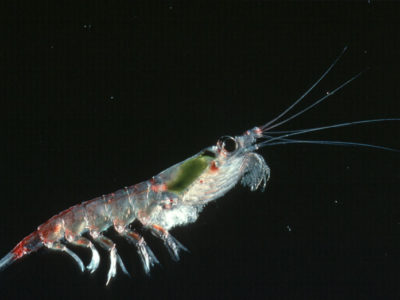
Keystone Species Ranges are Changing
Keystone Species Ranges are Changing
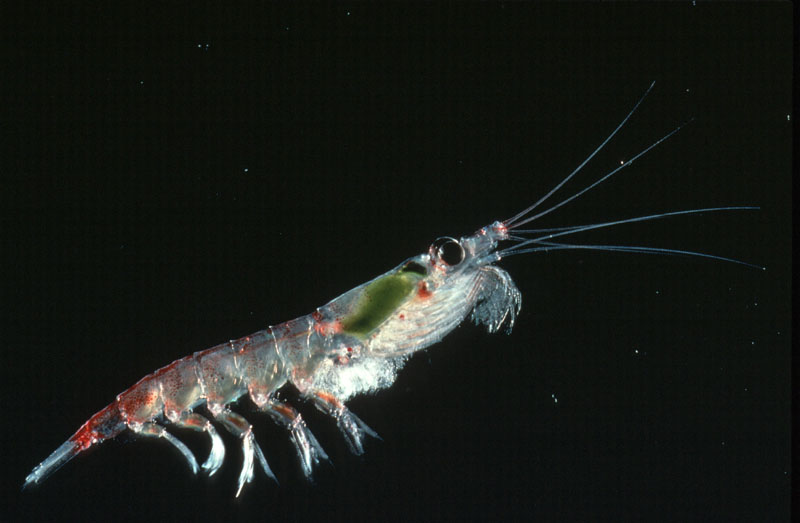
Credit: PAL LTER
Shifts in sea ice are affecting the WAP ecosystem and biogeochemistry. Despite dramatic shifts in Antarctic food webs, the number of the keystone krill species (Euphausia superba) has not changed significantly over the PAL LTER study area. However, researchers have observed reduced juvenile recruitment following positive anomalies of the Southern Annular Mode. North of PAL LTER, E. superba population centers in the southwest Atlantic sector have been contracting southward for the past 90 years.
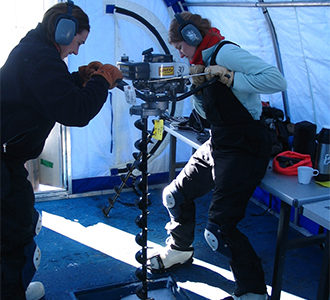
Ecosystem Resilience
Ecosystem Resilience
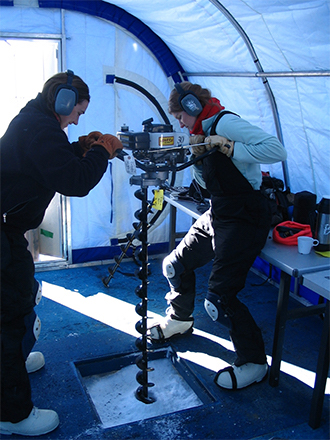
Credit: US LTER
Between 2010 and 2017, the PAL LTER study area experienced cooler winter air temperatures, cooler summer surface ocean temperatures, and longer ice seasons relative to the first decade of the 21st century (but not relative to the 1950s-1970s). This has slowed sea ice declines, which is associated with increased primary productivity and ocean CO2 drawdown. Springtime phytoplankton productivity and krill recruitment increased in years with high winter sea ice, which fed directly into penguin diets. These processes are allowing researchers to assess the potential for food web recovery.
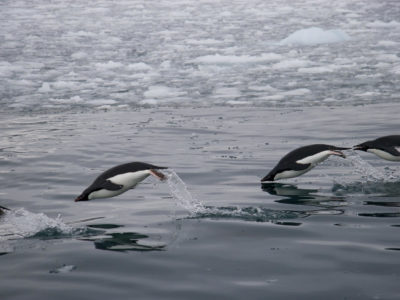
High Trophic Levels Respond to West Antarctic Peninsula Warming
High Trophic Levels Respond to West Antarctic Peninsula Warming
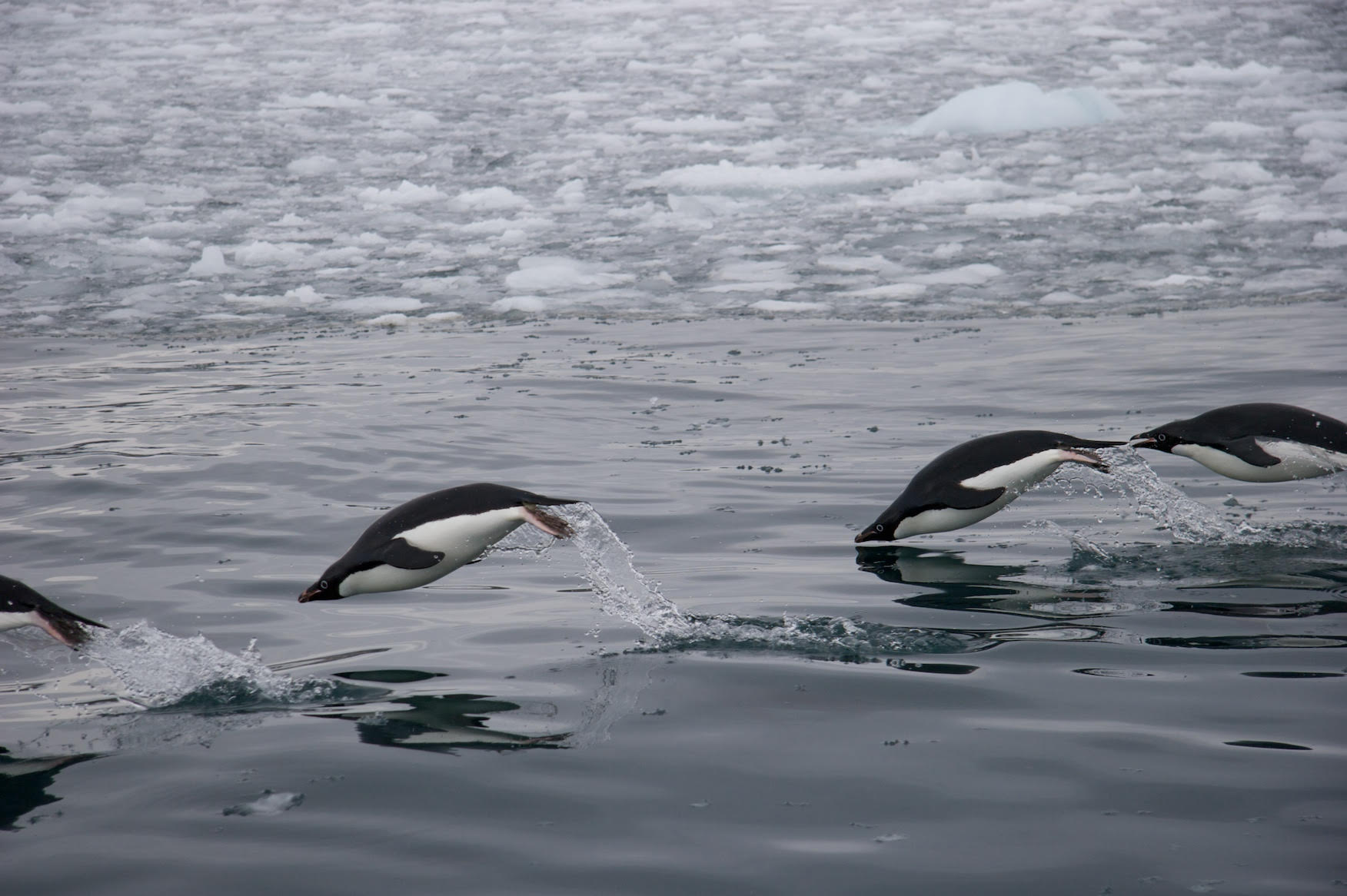
Credit: PAL LTER
Rapid warming in the WAP coincides with increases in gentoo penguin and decreases in Adélie penguin populations. While foraging ranges of Adélies and Gentoos overlap with each other and with krill density maxima near Palmer Station, the vertical grazing ranges of the two penguin species differ . This suggests that declines in Adélie penguin populations along the WAP are more likely due to direct (snowfall) and indirect (food web alterations) climate impacts on their life histories, rather than direct competition for food.

Do Whales and Penguins Compete?
Do Whales and Penguins Compete?
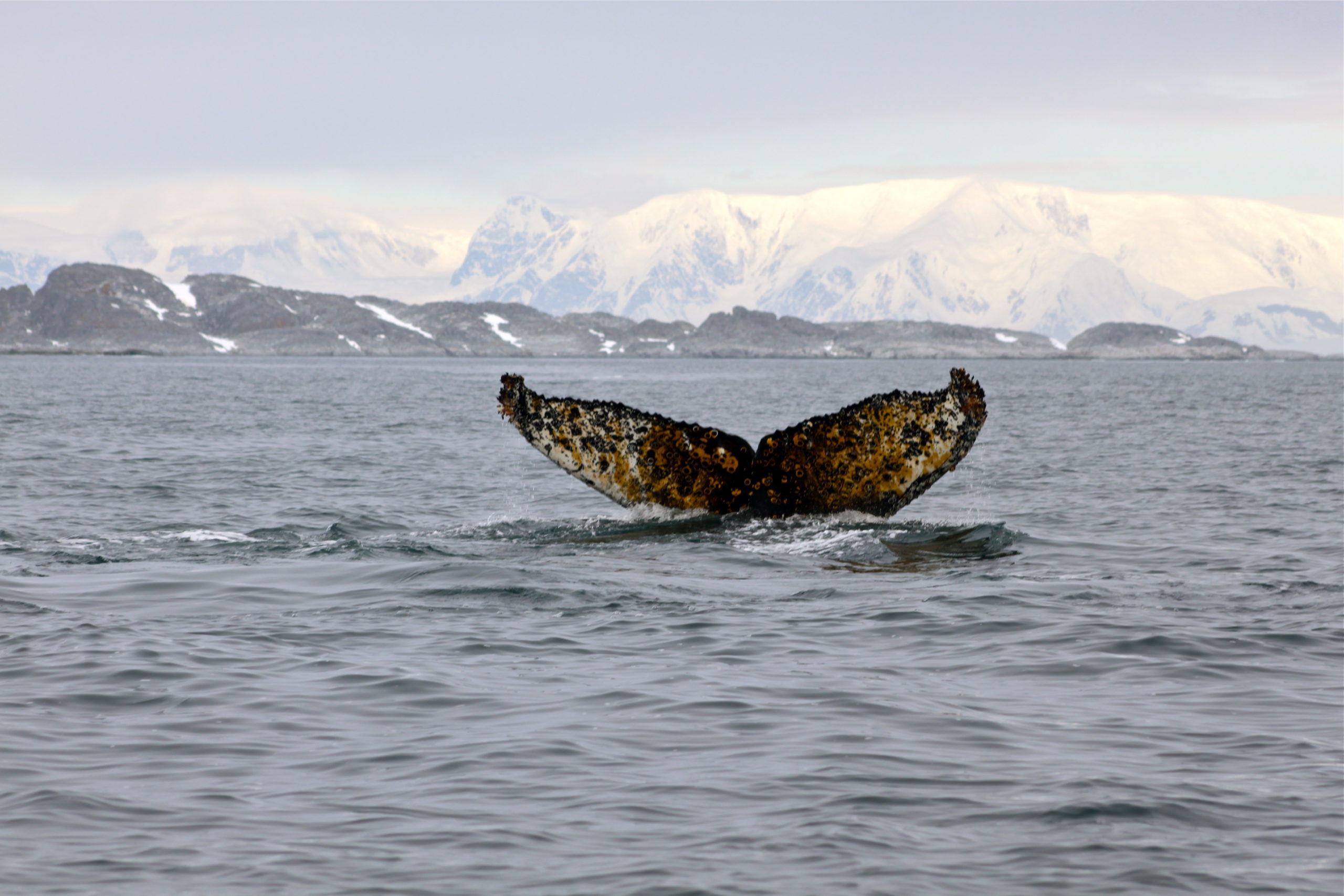
Credit: PAL LTER
Humpback whale populations are growing at their biological maximum as they recover from intense commercial whaling. New cetacean research at PAL LTER shows that humpbacks forage in close proximity to the penguins near Palmer Station, and in similar portions of the water column used by Adélie penguins during critical chick rearing periods. Palmer LTER researchers plan to quantitatively assess whether this observation is an indication of competition between baleen whales and penguins.
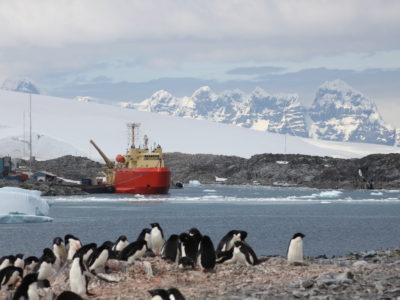
Climate Forcing of the West Antarctic Peninsula
Climate Forcing of the West Antarctic Peninsula
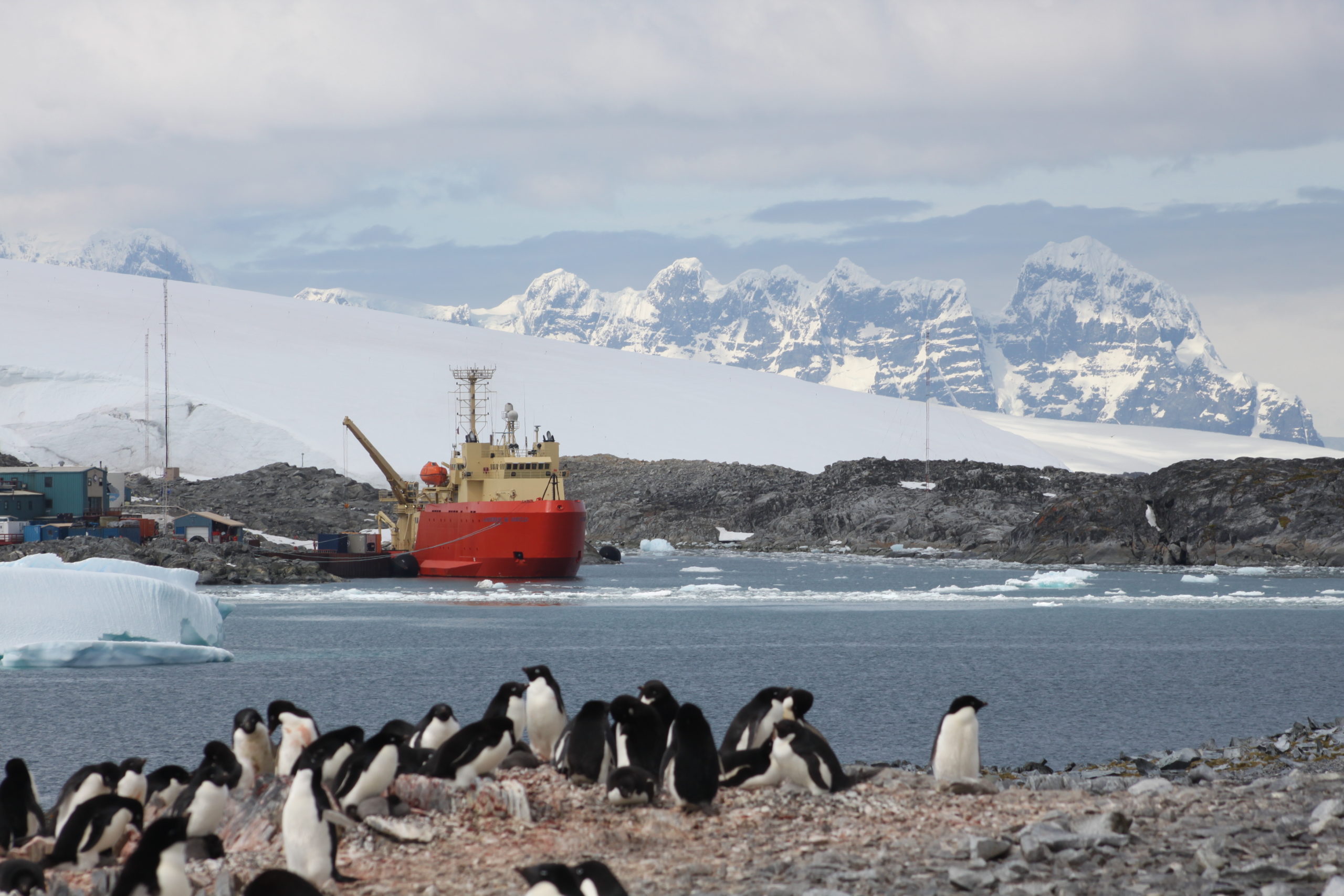
Credit: PAL and US LTER
Over the past five decades, the West Antarctic Peninsula (WAP) has experienced changes related to rapidly warming winter atmospheric temperatures, dramatic sea ice declines, and accelerated glacial melting. Interactions between ocean and atmospheric climate cycles (El Niño, Southern Annual Mode) influence shoreward heat delivery associated with deep warm ocean waters and alter the upper mixed ocean layer, productivity at the base of the food web, and carbon cycling on the continental shelves.










